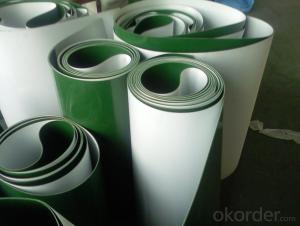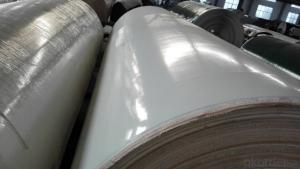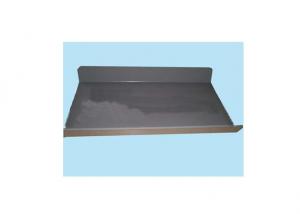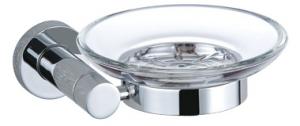PU Conveyor Belt White Food Grade Industrial Belt Conveyor
- Loading Port:
- China main port
- Payment Terms:
- TT OR LC
- Min Order Qty:
- 10 m²
- Supply Capability:
- 6000000 m²/month
OKorder Service Pledge
OKorder Financial Service
You Might Also Like
Food Processing Conveyor Belt
Food Processing Conveyor Belt Introduction
Food processing conveyor belt choose high quality high strength polyester fabric are the core, coated with PU or PVC as loading surface. With advantages of good flexibility, material environmental friendly, light duty, high tensile strength, anti oil, easy learning, our food processing conveyor belt meet EU and USA market requirements.
Food Processing Conveyor Belt Application
Food processing conveyor belt is widely used in food industry, such as vegetables, snack food, beer, sea food, etc.
Food Processing Conveyor Belt Advantage
Food processing conveyor belt is made of harmless material, no toxicity, no smell, anti-oil, easy cleaning, high tensile strength, good flexibility, light weight, solid and durable.
Food Processing Conveyor Belt Specifications
Total thickness(mm) 0.8~5.0 | Top coating hardness( Shore A) 55~92 |
Total weight(kg/m2) 0.9~5.4 | Belt tension 1% elongation(N/mm) 5~ 30 |
Minimum production width(mm) 15~180 | Working temperature range(℃) -20/+90 |
Type of support R=expansion cylinder, S=flat, T=groove shape | Max production width(mm) 3000 |
Lateral stability Yes | Food grade Yes |
Low noise | Fire resistance |
Surface antis tatic |
Food Processing Conveyor Belt Photos




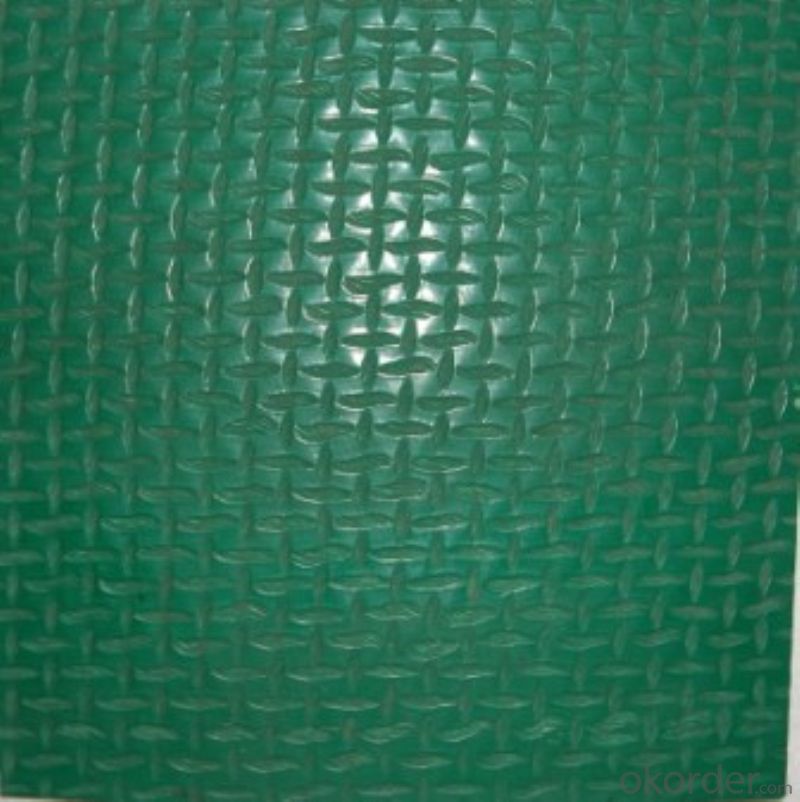


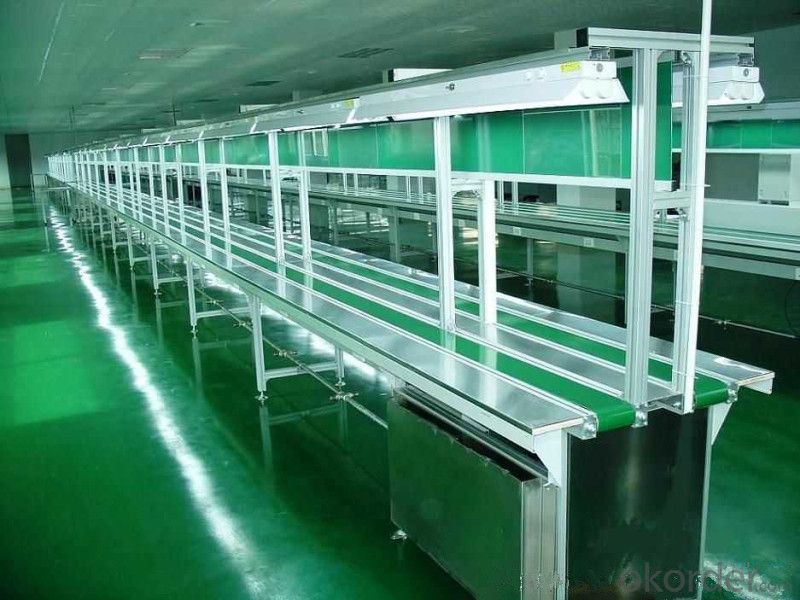
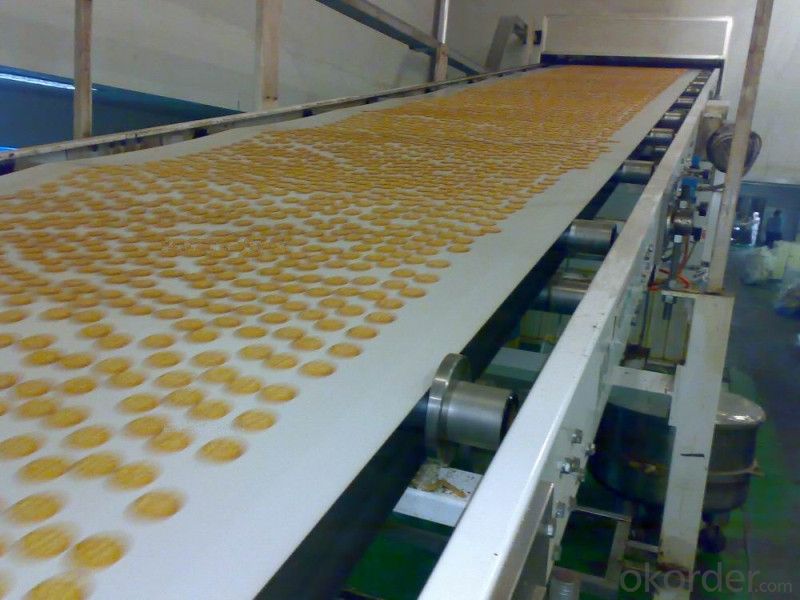
FAQ
1. Which payment do you accept?
For you convenience, our payment can be L/C, TT
2. Is free sample available?
We can supply free samples. You'll just need to pay for express cost.
3. How about your quality?
Quality is the first priority, we have strict quality control system.
1) All raw material we used are environmental freindly
2) Quality Control Department specially responsible for quality checking in each process. We make testing on incoming raw material and finished products. Your third party testing is also welcomed.
3) Skillful workers care every details in handling the producing and packing processes.
Our product quality is accepted by clients from all over the world. Warmly welcome your samples requirement or trail order.
- Q: Are olive nets effective in preventing fruit fly infestations?
- Yes, olive nets are effective in preventing fruit fly infestations. These nets act as a physical barrier, preventing the fruit flies from reaching the olive trees and laying their eggs on the fruits. By keeping the flies away, olive nets help minimize the risk of fruit fly infestations and protect the crop from damage.
- Q: Can olive nets be used on olive trees grown in humid regions?
- Yes, olive nets can be used on olive trees grown in humid regions. Olive nets are commonly used to protect the olive fruits from birds and other pests, and they do not have any specific restrictions based on the region's humidity. However, it is important to ensure proper air circulation between the net and the tree to prevent excessive moisture buildup, which can lead to fungal diseases.
- Q: Can olive nets be used in regions with a high bird population?
- Yes, olive nets can be used in regions with a high bird population. Olive nets are specifically designed to protect olive trees from birds, preventing them from damaging the fruit. These nets are tightly woven and durable, making it difficult for birds to access the olives. Additionally, olive nets can be installed in a way that minimizes bird entanglement or injury. However, it is important to regularly monitor the nets and take necessary measures to ensure birds are not harmed or trapped.
- Q: Are olive nets reusable for multiple seasons?
- Yes, olive nets are typically reusable for multiple seasons. With proper care and maintenance, these nets can be used again in subsequent olive harvests.
- Q: Can olive nets be used for olive tree water conservation?
- No, olive nets are used for harvesting olives, not for water conservation.
- Q: How does an olive net affect the overall fruit flavor in the olive grove?
- An olive net can have a positive impact on the overall fruit flavor in the olive grove. By preventing the olives from falling to the ground and potentially getting damaged or contaminated, the net helps maintain the quality of the fruit. This results in a more consistent and flavorful harvest, as the olives remain untouched and free from any potential negative influences.
- Q: How do olive nets prevent fruit contamination from chemical sprays?
- Olive nets act as a physical barrier that prevents chemical sprays from directly contacting the fruits. They are laid over the olive trees, creating a protective shield that intercepts and blocks any potential contamination from the sprays.
- Q: Do olive nets require any special installation techniques for potted trees?
- No, olive nets do not require any special installation techniques for potted trees. They can be easily draped over the tree to protect the olives from birds and other pests.
- Q: How does an olive net affect the overall fruit size in the olive grove?
- An olive net can have a positive effect on the overall fruit size in an olive grove. By placing nets over the trees, it provides protection from external factors such as wind, pests, and extreme temperatures. This protection allows the olives to grow undisturbed and reach their full potential in size and quality. Additionally, the netting also prevents premature dropping of olives, ensuring a higher yield and larger fruit size in the olive grove.
- Q: Can olive nets be used in areas with heavy rainfall?
- Yes, olive nets can be used in areas with heavy rainfall. Olive nets are commonly used to protect olive trees and to collect the fallen olives during the harvest season. They are designed to withstand various weather conditions, including heavy rainfall. The nets are made of durable materials that are water-resistant and can be securely fastened to the trees to prevent water from seeping through.
Send your message to us
PU Conveyor Belt White Food Grade Industrial Belt Conveyor
- Loading Port:
- China main port
- Payment Terms:
- TT OR LC
- Min Order Qty:
- 10 m²
- Supply Capability:
- 6000000 m²/month
OKorder Service Pledge
OKorder Financial Service
Similar products
Hot products
Hot Searches
Related keywords



















